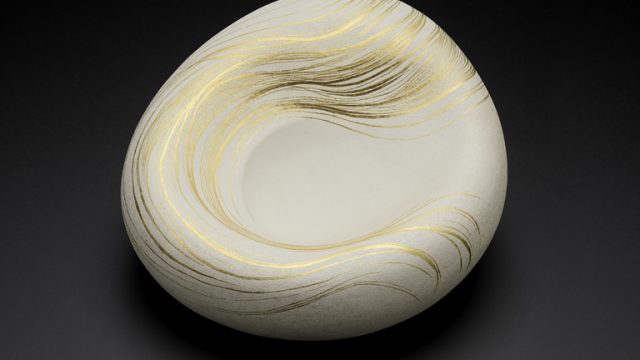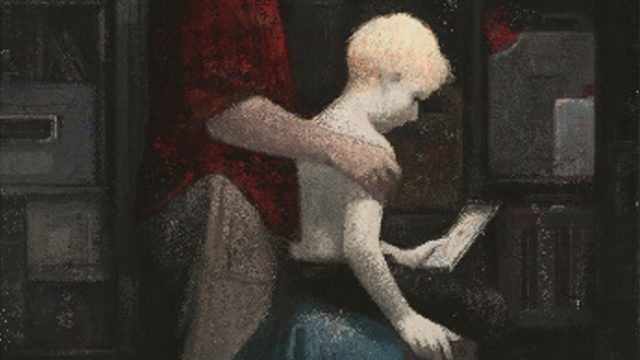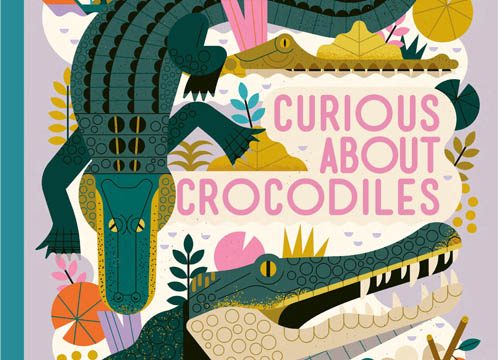31 January marks the beginning of the 15-day festival of Chinese New Year. 2014 is the Year of the Horse, traditionally a fortunate year that brings luck and good things. The V&A collections are awash with all thing equine from the ancient to some of our latest acquisitions.
This ancient Chinese jade horse was placed in a tomb and was intended to carry the occupant to the heavens.
Horses also adorned Chinese roof tiles. The roof of a building was seen as a bridge supporting the movement of spirits from heaven and earth. Statues of animals were incorporated into the roof tiles to harness auspicious spiritual forces and repel evil spirits.
Here is a less macabre Chinese horse.
Horses feature prominently in cultures from around the world.
In the trot up to Valentine’s Day, you may wish for cupid to come riding on his steed.
Chinese New Year would not be complete without the traditional dragon and lion dances. For centuries these creatures have been created in performance by using puppetry, mime and movement. Here are a couple of examples of how theatre productions have used similar techniques to create horses on stage:
Peter Shaffer’s play, Equus, centres around a boy’s dark obsession with horses. It requires actors to impersonate horses with strict instructions from the playwright that ‘any literalism…should be avoided’. The animal effect has to be created through mime and movement. Designer John Napier realised Shaffer’s directions by creating stylised horse’s heads which were acceptable as both real animals and the horse gods of the boy’s imagination.
The Museum’s recent acquisition, Joey from War Horse, shows a different way of creating a horse on stage. Handspring Puppet Company looked to the Japanese ‘exposed’ style of puppetry, Bunraku, to create a life-sized puppet of a horse operated by three puppeteers.
If you would like to learn more about Chinese traditions there is a fascinating array of articles on the Museum’s China webpage.








Check out this link for recommendations of restaurants in Japan
http://favy-jp.com/